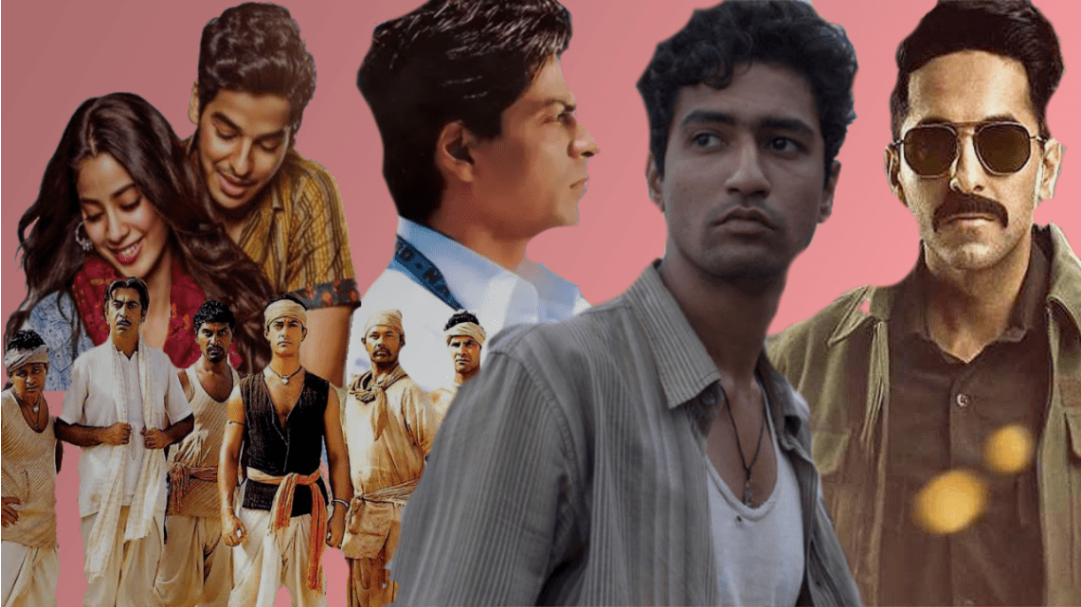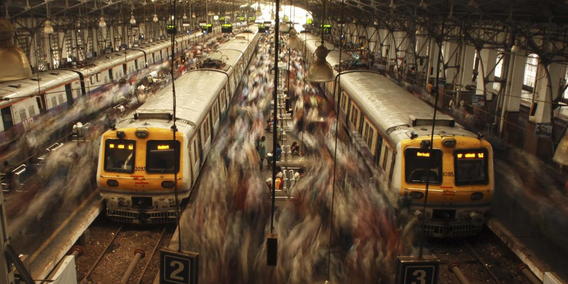We’ve been brought up in an era that encouraged having light skin, that told us to stay out of the sun and scrub our faces every day so that we can avoid blemishes. When ‘Fair and Lovely’ decided to rename its racist and casteist product to ‘Glow and Lovely’, apart from thinking that it was a terrible mistake, I started to wonder how ‘fair’ even started to mean light skinned? When I thought of the meaning of “fair” without any context, in my head, it meant ‘to not cheat’. After spending a good half hour on the internet, trying to analyse how “fair” even led to mean “light skinned”, I came across a blog post. (Read it here)Since the 1500s, Shakespeare and many others used fair as a synonym for ‘beauty’, but their literature always focused on the white people. Around the 1550’s, a lot of Africans migrated to their land – this meant they needed a new term to distinguish the pale-skins from the coloured … And voila, that’s the origin of the word “fair” – meaning “white”. Ironically, my understanding of the term “fair” i.e morally correct – laid the strong, almost unbreakable foundation of morals and racism early on. Fair, meaning white, also meant ‘good’ while dark and black meant ‘bad’. A less racially charged way of saying “white” is fair, and that’s how deep-rooted racism actually is. In the Indian context, this word and its intrinsic meaning has been ingrained in us, so much so that when we read words like “fair lady”, the first image that comes to our mind is of a ‘sanskaari homemaker’ or maybe even an Indian Goddess.

If we’ve been watching Bollywood long enough, we get the gist of what our society teaches us – either be a privileged higher caste woman or be fair to seem that way. Most of the times, colorism and casteism in Bollywood is shushed down. It has been exposed by only a few celebrities. Freida Pinto claimed that there were blatant remarks on her looks since she was not light skinned (mind you, she’s won an Oscar!). Priyanka Chopra (Miss India, 2000) mentioned the amount of times she was asked to redo her makeup in order to be “whiter”. Transition pictures of these actors and actresses, including big stars (like Deepika Padukone) showcase the problem in this industry – either you’re fair and therefore, become an actor, or you’re an actor and so you have to become fair!
Representation of the lower castes and their struggles in Bollywood seems scarce. Masaan (2015) is one of the only relatively well known movies that represented the struggles of the lower castes. But unfortunately, the movie just seemed too good for its time. Swades (2014) showed the struggles of the lower castes, but it’s important to note that it portrayed a privileged NRI from America, who pointed out the “backward-thinking” of a village and promoted a notion of equality. Article 15 (2019) portrayed a city bred policeman who goes to rural India and fights caste-discrimination, but the objective to highlight the struggle in itself is lost when an upper caste comes to advocate it. Another movie, Lagaan (2001) conveniently named the oppressed caste character “Kachra”, meaning “dirt”. Dharma Productions recently released their rendition of a Marathi movie (Sairat) called Dhadak (2018). The movie, which was originally based on caste discrimination and honour killing was moulded into an upper caste love story, while purpose of the original motion picture was swept under the rug.
So, why doesn’t Bollywood showcase oppression as easily as other cinema industries? We need to realise that Bollywood is a reflection of our society. Production completely depends on consumption. Bollywood gives the audience exactly what they want. The audience pays for the most for “entertaining” content, and Bollywood repeatedly delivers the same over and over.
“The first step to change is awareness. The second step is acceptance”
Nathaniel Braden

It’s interesting how often art also reflects the same community that it influences. A South-Korean movie, Parasite (2019), depicts classism and capitalism in Seoul. It portrays discrimination in different avatars – the greed, hunger, and the pain of it. Not only did this movie release all over the world and raise awareness of class prejudice, it also won four Oscar awards for the same. It only signifies that the Korean society is aware of their biases and discrimination, they document them and use it in order to be more aware. This is itself, can be viewed as activism.
Bollywood movies, when compared to the likes of Parasite, are nothing but an entertainment, a people-pleaser. Instead of raising awareness, accepting, documenting and portraying prevalent oppression, they fill us with sexist, casteist and colourist dialogues and pictures. And as loyal customers, we consume them as ‘teachings’ in our day to day life and become the source of blatant discrimination. Telling our children to be “fairer”, using almost every remedy on their faces to “glow” more, teasing others with racial and casteist slurs – all of this is normalised in our society today. And therefore we can assume that society, reflective of our biggest cinema industry, is stuck in a tight box, and it can’t seem to step out of it.
If you’ve ever asked yourselves what you can do about this – the answer is to watch, talk, promote and praise small budget movies that talk about “taboo” issues. Remember that all industries are a two-way street, if you consume more, they produce more. Openly discourage colourism. Don’t allow anyone to decide if you’re worthy of something based on “fair” skin, or your “glow”. It might be uncomfortable to talk about, but it’s an essential step to take nonetheless.
Here’s another important reminder: the impact of art and its expression is in its activism and teachings – if the movies you watch, books you read and music you listen to, don’t inspire you to change, to learn and to evolve, then what’s the point of art?
“Art should comfort the disturbed, and disturb the comfortable”
Cesar Cruz







